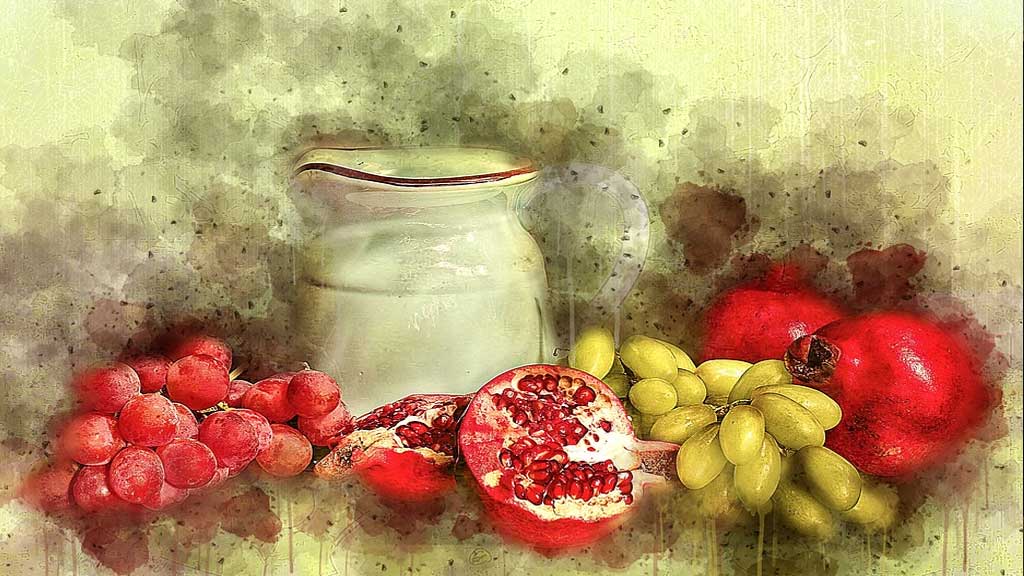Introduction:
Art has the power to express the inexpressible and evoke emotions in ways words often cannot. If you possess a creative spirit, a love for visual expression, and a passion for artistic exploration, then enrolling in a fine arts course might be your path to a world of creative possibilities. In this blog, we’ll delve into the world of fine arts courses, what you can expect to learn, and how to set off on a journey towards a career in the realm of visual arts.
Chapter 1: Why Choose a Career in Fine Arts
- The art of self-expression: Highlight the significance of creativity as a means to express thoughts, emotions, and ideas through visual media.
- Cultural and historical impact: Discuss how art has played a pivotal role in shaping societies and how artists contribute to the cultural narrative.
- The world of opportunities: Explore the various career paths within fine arts, from traditional painting and sculpture to modern digital media and installation art.
Chapter 2: What to Expect from a Fine Arts Course
- Core curriculum: Explain the foundational topics covered in a typical fine arts course, including drawing, painting, sculpture, and art history.
- Hands-on experience: Discuss the importance of practical training, studio work, and critiques to develop your artistic skills and vision.
- Artistic exploration: Showcase how these courses encourage and nurture your creativity, helping you find your unique artistic voice.
Chapter 3: Choosing the Right Fine Arts Course
- Accreditation and reputation: Stress the importance of enrolling in accredited institutions with a strong reputation in the field of fine arts.
- Course duration and flexibility: Explore different course options, from short-term workshops to comprehensive degree programs.
- Scholarships and financial aid: Provide information on potential funding sources and scholarships to support aspiring artists in their journey.
Chapter 4: Life as a Fine Arts Student
- A typical day: Offer readers a glimpse into the life of a fine arts student, including studio time, art history classes, and group critiques.
- Challenges and rewards: Discuss the artistic challenges students might face, such as self-doubt, and the rewards of seeing their work evolve and improve.
- Networking opportunities: Highlight the significance of connecting with fellow artists and mentors within the art community, attending exhibitions, and participating in collaborative projects.
Chapter 5: Beyond Graduation – Artistic Career Opportunities
- Emerging as an artist: Explore how recent graduates can start their careers as exhibiting artists, gallery assistants, or art educators.
- Entrepreneurship: Encourage students to consider establishing their own art studios, galleries, or freelancing as artists.
- Staying inspired: Provide insights on how to stay inspired and relevant in the ever-evolving art world, such as attending exhibitions, residencies, and artist-in-residence programs.
Chapter 6: Conclusion – Embrace Your Artistic Calling with a Fine Arts Course
- Summarize the key takeaways from the blog.
- Reiterate the joys and challenges of pursuing a fine arts course and a career in the visual arts.
- Encourage readers to follow their artistic calling, research suitable courses, and take the first step toward an enriching and creative journey in the world of fine arts.
Fine arts is not just about creating visually captivating works; it’s about delving into the depths of human experience, challenging norms, and leaving a mark on the world through your art. If you have a passion for visual expression and a desire to create meaningful works of art, a fine arts course can provide you with the skills and knowledge necessary to thrive in this dynamic and ever-evolving field. So, if you’re ready to unleash your creativity, start your artistic journey today!

